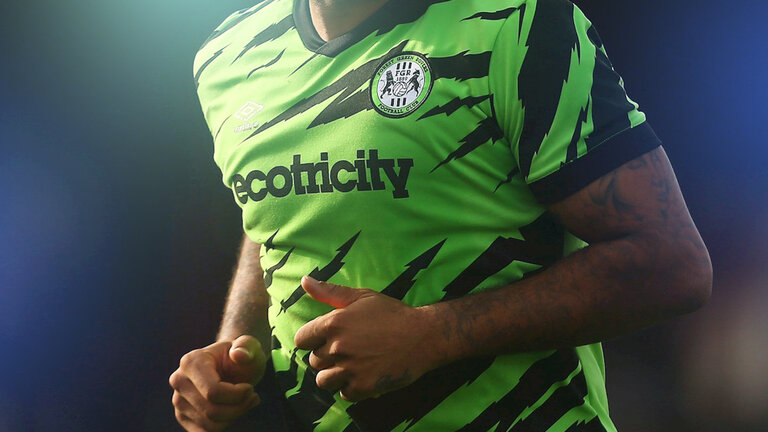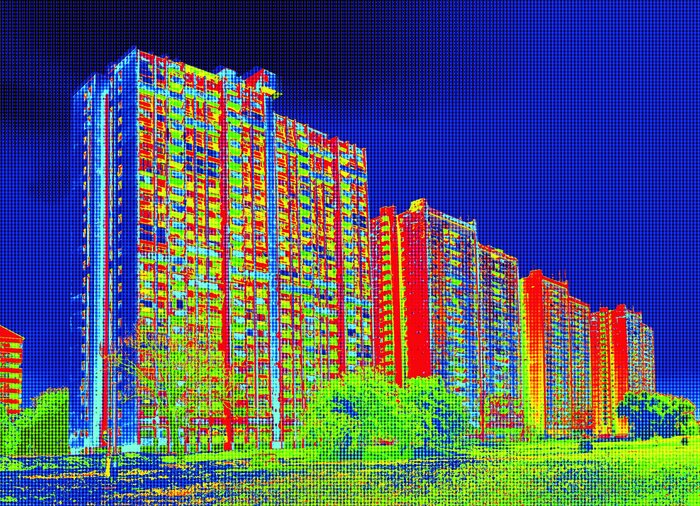Sustainability in soccer

With almost four billion fans, soccer is the most popular sport in the world and also sets the bar high when it comes to sustainability. In order to fulfill its social responsibility, the German Soccer Association (DFB) has developed a sustainability strategy called “Gutes Spiel” (Good Game), which focuses on social, environmental, economic, and health transformations.
Sustainability criteria in soccer
From renewable energies and sustainable mobility to the reduction of single-use plastics, the DFB is entering the race with eight sustainability criteria.
These are:
- Use of renewable energy
- Energy efficiency
- Sustainable mobility for fans and employees
- Reduction and elimination of single-use plastic
- Waste management
- Water efficiency
- Plant-based and low-carbohydrate catering
- Communication and commitment of the entire club to sustainability
They not only measure the clubs’ carbon footprint, but also strive for long-term sustainability on the pitch and on club premises.
A prime example of sustainability in soccer
The “greenest” soccer club in the world bears its motto in its name: Forest Green Rovers FC from the south-west of England. The team from the 6,000-strong community of Nailsworth, which competes in the fourth division of English soccer, was recently officially recognized as the “most environmentally friendly soccer club” by the world governing body FIFA. In 2018, the United Nations even declared Forest Green Rovers to be climate-neutral. The reason for this is the club’s strong commitment to climate and sustainability.
Now, however, the provincial club has once again set completely new standards when it comes to its players’ clothing. The team’s previous jerseys were made from bamboo, but now the team is wearing a state-of-the-art kit made from leftover coffee grounds and recycled plastic. The new prototype, naturally in the ‘healthy’ green color of the club, is said to be much more breathable and durable than the previous bamboo version—and it also looks good.
Measures for more sustainability in soccer
For the Forest Green Rovers fans, this further step in the direction of “more sustainable and environmentally friendly” should be nothing new. For example, no animal products have been served at the Green Devils’ stadium for a long time. Instead, there are vegan dumplings, vegan cakes made from Quorn, veggie burgers, and plenty of organic beer in compostable cups.
But since soccer fans, especially those in the UK, where the sport originated, take tradition quite seriously and think little of supposed fads, the club allows its supporters to bring their own food if they are dissatisfied with the vegan offering. However, this now rarely happens. In fact, it is quite the opposite: supporters are now raving about the new menu and the snack stands are making four times as much turnover as before.
As if that wasn’t enough effort in favor of the ecological footprint, the club also uses seaweed instead of pesticides to maintain their grass, the robotic mower is solar-powered and stored rainwater sprays from the sprinkler system. In addition, almost a quarter of the club’s entire energy supply, which is based exclusively on green electricity, is provided by the solar panels on the stadium roof.
Consequently, all office staff, auxiliary staff and players are also required to eat a vegan diet—at least when on duty—and to drive electric cars. There are certainly enough charging stations on the Green Devils’ premises. And for vehicles that do not yet have an electric alternative available, there is a gas pump with biofuel made from recycled chip fat from the stadium canteen, of course.
When the team travels to away matches, it will use an electric bus in the future. However, this is not yet possible, which is why the club is offsetting the emissions generated by the bus journeys by paying into the UN Climate Fund.
Construction of sustainable stadiums
But all this is still not enough for the club’s visionary CEO and owner Dane Vince. He has now started planning a new stadium for his Green Devils, which is currently under construction. The goal is to create the world’s first soccer stadium built entirely from wood, and it will be called “Eco Park.”
The new home ground with a capacity of 5,000 seats is due to be completed in around four years. The league has already approved the project. “We will have the lowest carbon footprint of any stadium since the Romans invented concrete,” Vince is quoted as saying in the official club announcement. The 59-year-old also confidently explains his hope of making a big statement against climate change with Forest Green Rovers: “Sports fans are passionate. We want to use this passion and channel it toward environmental awareness. The commitment of these fans could change the world.”
The multi-millionaire saved Rovers from insolvency in 2010 and subsequently turned the club around. The Briton, who generated his wealth from wind energy company Ecotricity, gave the club new colors and a new, green image. After languishing in the depths of English amateur soccer since its foundation in 1889, the club was promoted to the English fourth division for the first time in 2017, therefore making the leap into professional soccer.
However, the success story is obviously not over yet. Thanks to their good performances in the current season, Forest Green Rovers are on the verge of promotion to the third division. Sustainability therefore certainly seems to lead to success.
Article was edited // Original contribution from March 2021


